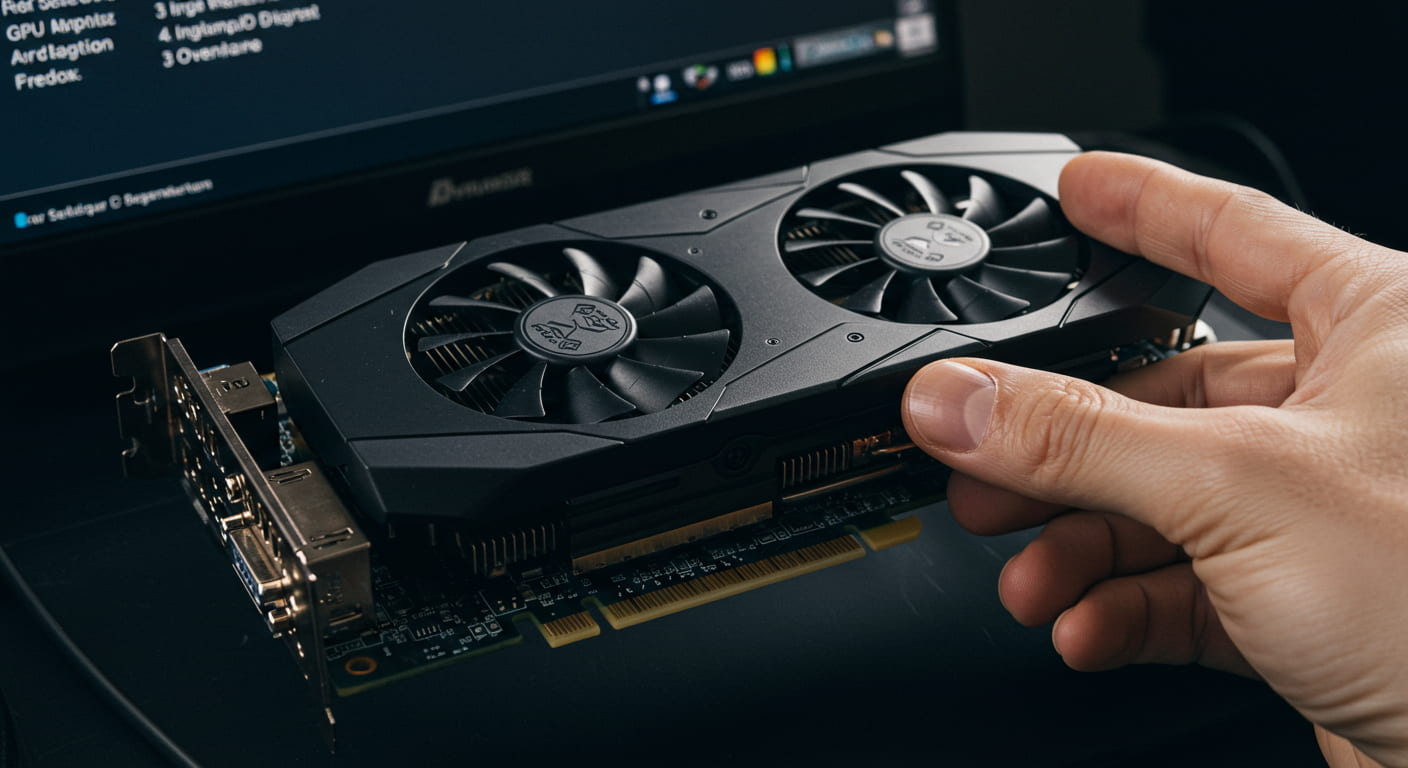GPU Not Showing Up in Device Manager? Causes and Fixes!
Graphics Card Won’t Show Up in Device Manager
A GPU (Graphics Processing Unit) is one of the most important components of a PC, especially for gaming, 3D rendering, or video editing. Sometimes, users face the frustrating problem of their graphics card not showing up in Device Manager. This usually happens due to driver issues, hardware problems, BIOS misconfigurations, or overheating.
If Windows cannot detect your GPU, it may either show only the integrated graphics or display “Microsoft Basic Display Adapter” instead of the actual GPU.
NVIDIA GPU Not Showing Up in Device Manager
When it comes to NVIDIA GPUs, this problem is fairly common. Sometimes the GPU does not show up under “Display adapters” or appears as an “Unknown device.” This can happen if:
- The drivers are corrupted or outdated.
- The GPU is disabled in BIOS.
- The PCIe slot or power connection is loose.
Why Is My Graphics Card Not Detected by Device Manager?
The graphics card may not be detected due to:
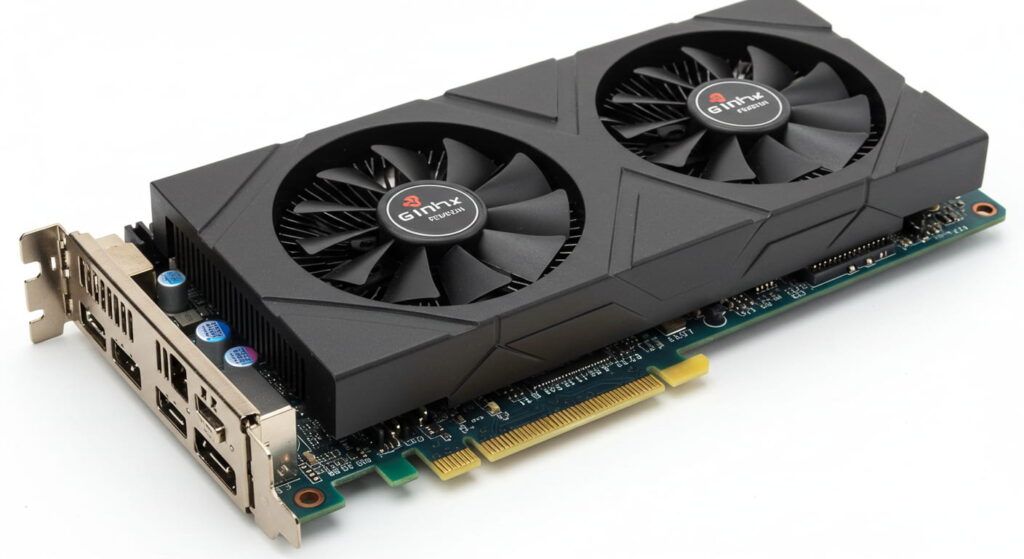
- Driver conflicts between integrated and dedicated GPU.
- Faulty PCIe slot or loose hardware connection.
- Incompatible BIOS settings or outdated firmware.
- Hardware failure, especially if the GPU is overheating or damaged.
How Do I Enable GPU in Device Manager?
If your GPU is disabled, you can enable it manually:
- Press Windows + X → Open Device Manager.
- Expand Display adapters.
- If your GPU is listed but disabled, right-click and select Enable device.
- Restart your PC to apply changes.
If it still doesn’t appear, move to the troubleshooting methods.
Why Is the GPU Not Showing?
Your GPU may not be showing because Windows is only detecting the integrated graphics (Intel/AMD APU). In such cases, the dedicated GPU might be either disabled, not connected properly, or suffering from a driver issue.
How to Fix GPU Suddenly No Display
Sometimes the GPU is connected but the monitor shows “No Signal.” This usually means the GPU is not functioning properly.
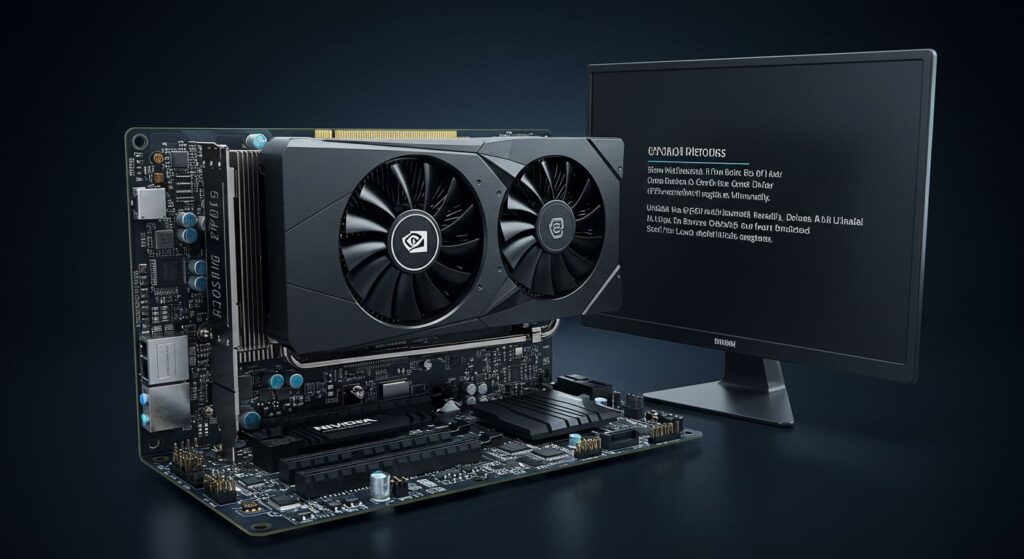
Try These Methods:
Show Hidden Devices and Reinstall Graphics Driver Manually
- Open Device Manager → Click View > Show hidden devices.
- If GPU appears faint, uninstall the driver → Reinstall the latest driver manually.
Update the NVIDIA Graphics Driver
- Download and install the latest drivers from NVIDIA’s official website.
- Alternatively, use GeForce Experience for automatic updates.
Restore BIOS to Default
- Enter BIOS setup during boot (F2, DEL, or ESC depending on motherboard).
- Select Load default/optimized settings.
- Save and restart.
Update BIOS
- Visit your motherboard manufacturer’s website.
- Download the latest BIOS version and install carefully.
What Are Common GPU Failure Symptoms?
If your GPU is dying, you may notice:
- Screen flickering or artifacts.
- Frequent crashes or freezes.
- Overheating and loud fan noise.
- GPU completely missing from Device Manager.
How Do I Get My PC to Detect My GPU?
- Shut down your PC and reseat the GPU properly.
- Check PCIe slot for dust or damage.
- Ensure power cables are connected securely.
- Update or reinstall drivers.
- Reset BIOS to factory settings.
Why Is My GPU Showing Up in Device Manager but Not in Task Manager?
Sometimes the GPU is visible in Device Manager but not listed in Task Manager → Performance tab.
This happens because:
- GPU is not being used by active applications.
- Task Manager may only show integrated graphics.
- Windows may need driver updates.
Can Overheating Cause a GPU to Be Undetected?
Yes verheating can cause your GPU to throttle, shut down temporarily, or even get permanently damaged. If the temperature rises above safe limits (85°C+), the GPU may stop responding and not appear in Device Manager.
Prevention tips:
- Clean your GPU fans regularly.
- Apply new thermal paste if needed.
- Ensure proper airflow in your case.
GPU Not Detected in Device Manager – Full Fix Guide
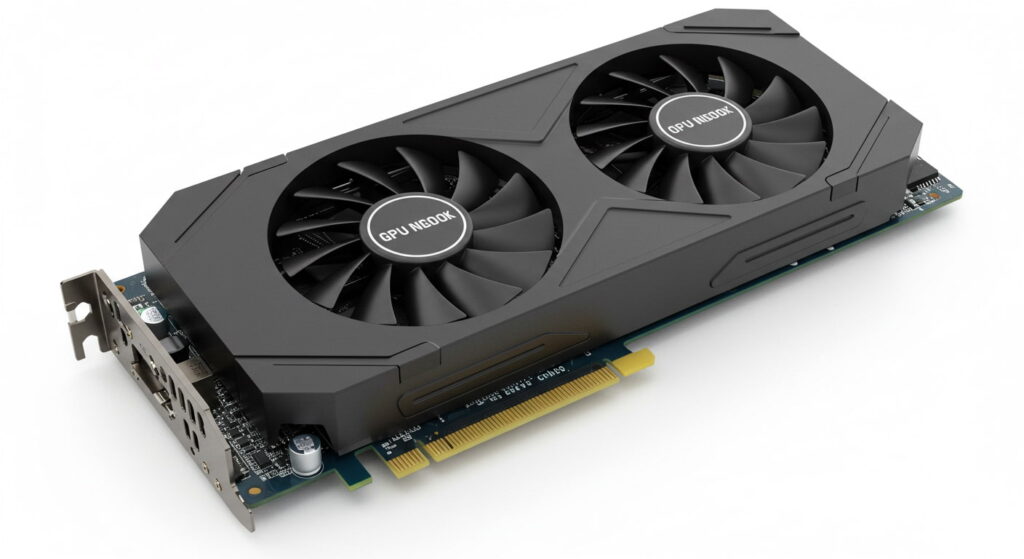
- Check hardware connections and reseat the GPU.
- Show hidden devices in Device Manager.
- Uninstall and reinstall drivers.
- Reset or update BIOS.
- Try the GPU in another PC to rule out hardware failure.
My Graphics Card Isn’t Being Shown in the Device
If the GPU is completely missing:
- The GPU might be faulty.
- Power supply may not be sufficient.
- Motherboard may not support the GPU.
NVIDIA GPU Not Showing Up as a Display Adapter
When NVIDIA GPU is missing under Display Adapters:
- Perform a clean driver installation.
- Ensure you’re not only seeing Intel HD Graphics (integrated GPU).
- Check that NVIDIA services are running in Windows.
NVIDIA Graphics Card Not Showing in Device Manager – Solutions
- Uninstall NVIDIA drivers completely (use DDU tool).
- Reinstall the latest drivers.
- Check PCIe slot and GPU fan.
How to Fix NVIDIA Graphics Card Not Showing in Device Manager
Step-by-step:
- Boot into Safe Mode.
- Use DDU to uninstall old drivers.
- Install the latest drivers from NVIDIA.
- Reset BIOS settings.
- Check hardware connections.
NVIDIA Graphics Card Not Being Detected in Device Manager
This may happen due to hardware failure or driver conflicts. If none of the above fixes work, test the GPU in another PC. If still undetected, the GPU may need replacement.
How to Update a GPU That Doesn’t Show in Device Manager
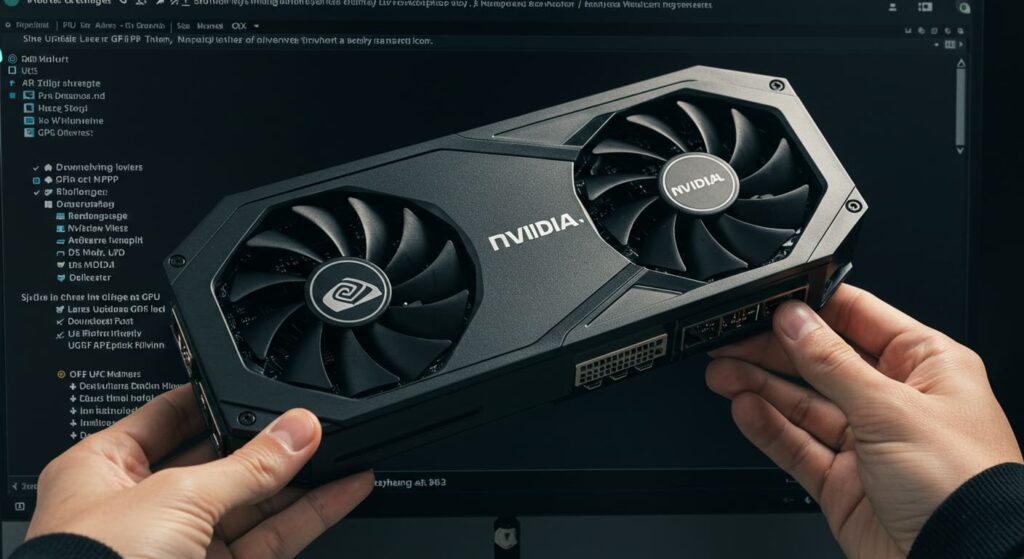
- Manually download drivers from NVIDIA/AMD website.
- Use Windows Update to scan for GPU drivers.
- If GPU is completely missing, try installing drivers after enabling hidden devices.
FAQs – GPU Not Showing Up in Device Manager
Q1: Why is my GPU not showing up in Device Manager?
Most likely due to driver issues, hardware connection problems, or BIOS settings.
Q2: How do I enable GPU in Device Manager?
Open Device Manager → Display adapters → Right-click GPU → Select Enable device.
Q3: Can a faulty GPU cause it to disappear from Device Manager?
Yes, if the GPU is damaged or overheating, Windows may not detect it.
Q4: Why is my NVIDIA GPU not detected?
It may be disabled, missing drivers, or incorrectly seated in the PCIe slot.
Q5: Can BIOS affect GPU detection?
Yes, incorrect BIOS settings or outdated firmware can prevent GPU detection.
Q6: Why does my GPU show in Device Manager but not in Task Manager?
Because Task Manager only shows active GPUs used by running applications.
Q7: How can overheating affect GPU detection?
Overheating can throttle or shut down the GPU, making it invisible in Device Manager.
Q8: How do I update a GPU that doesn’t show in Device Manager?
Download drivers manually from NVIDIA/AMD and install them directly.
Q9: Should I reinstall Windows if GPU is not detected?
It’s a last resort—try driver fixes and BIOS reset first.
Q10: How do I know if my GPU is dead?
If it’s not detected on multiple PCs, shows no display, and fans don’t spin, it may be dead.
Conclusion:
The error “GPU not showing up in Device Manager” is usually caused by driver issues, hardware problems, or BIOS misconfigurations. Start by checking connections, enabling hidden devices, and updating drivers. If the GPU still doesn’t show, overheating or hardware failure may be the reason.
To prevent this problem:
- Keep drivers and BIOS updated.
- Maintain proper cooling for your system.
- Regularly clean hardware components.
If your GPU is still not detected after trying all fixes, it may be time to test it on another system or consider a replacement.
